The Battle to Preserve North American Right Whales from Extinction
Over the past year, we’ve witnessed a dozen whales washing up on our shores–a stark reminder that these magnificent creatures share the natural world with us, just off our coastlines. However, these whales are on the verge of becoming extinct.
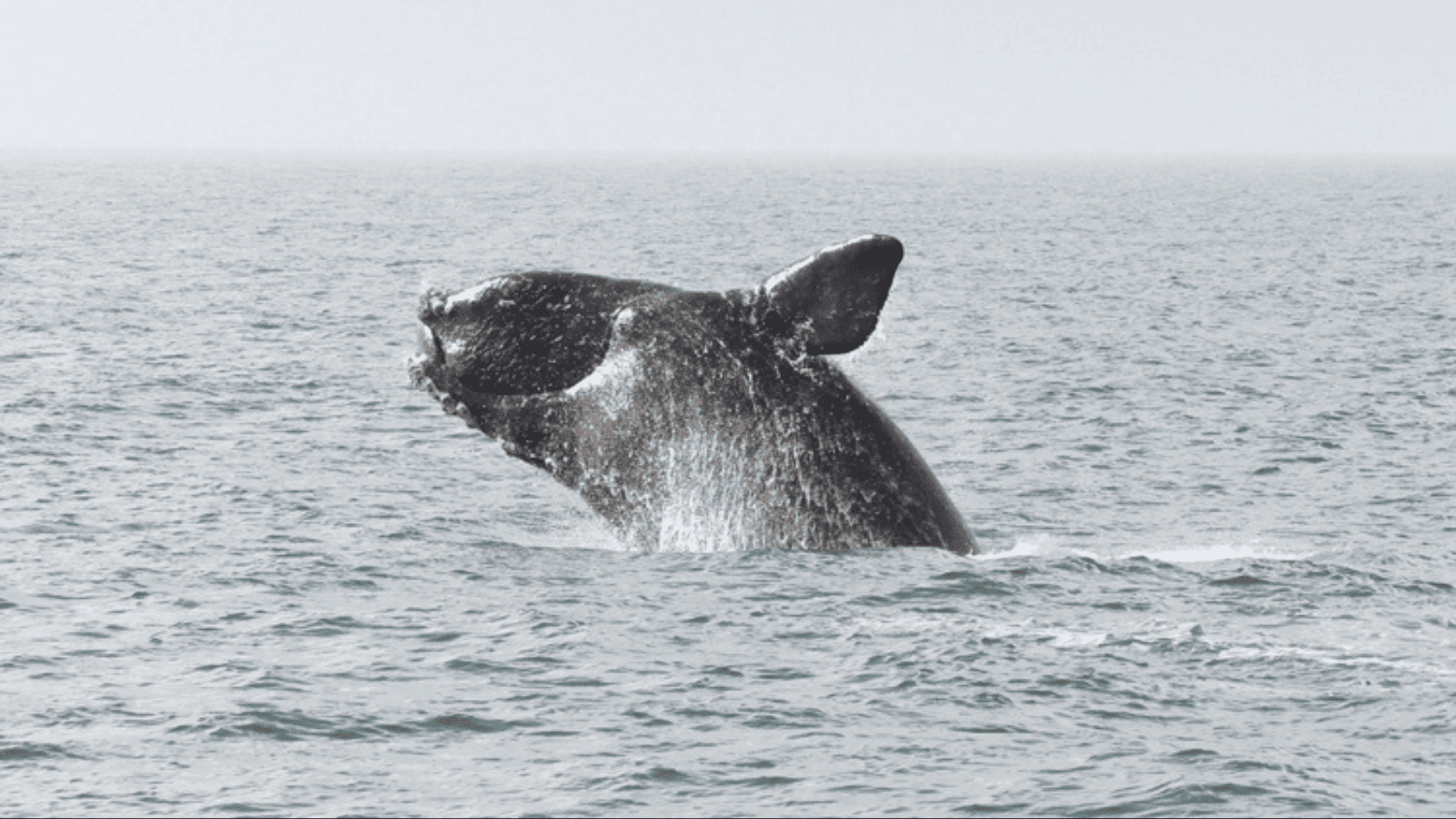
The Battle to Preserve North American Right Whales from Extinction
Now, picture this: a boundless expanse of ocean, waves gently caressing the hull of your imaginary boat, and the thrill of glimpsing a colossal creature beneath the surface. Welcome to the realm of the North American right whale–a gentle giant facing the looming threat of extinction in our very own waters.
Let’s get real for a moment. The North American right whale isn’t just any whale; it’s one of the giants, and we’re not just talking size (though they can weigh up to a whopping 70 tons).
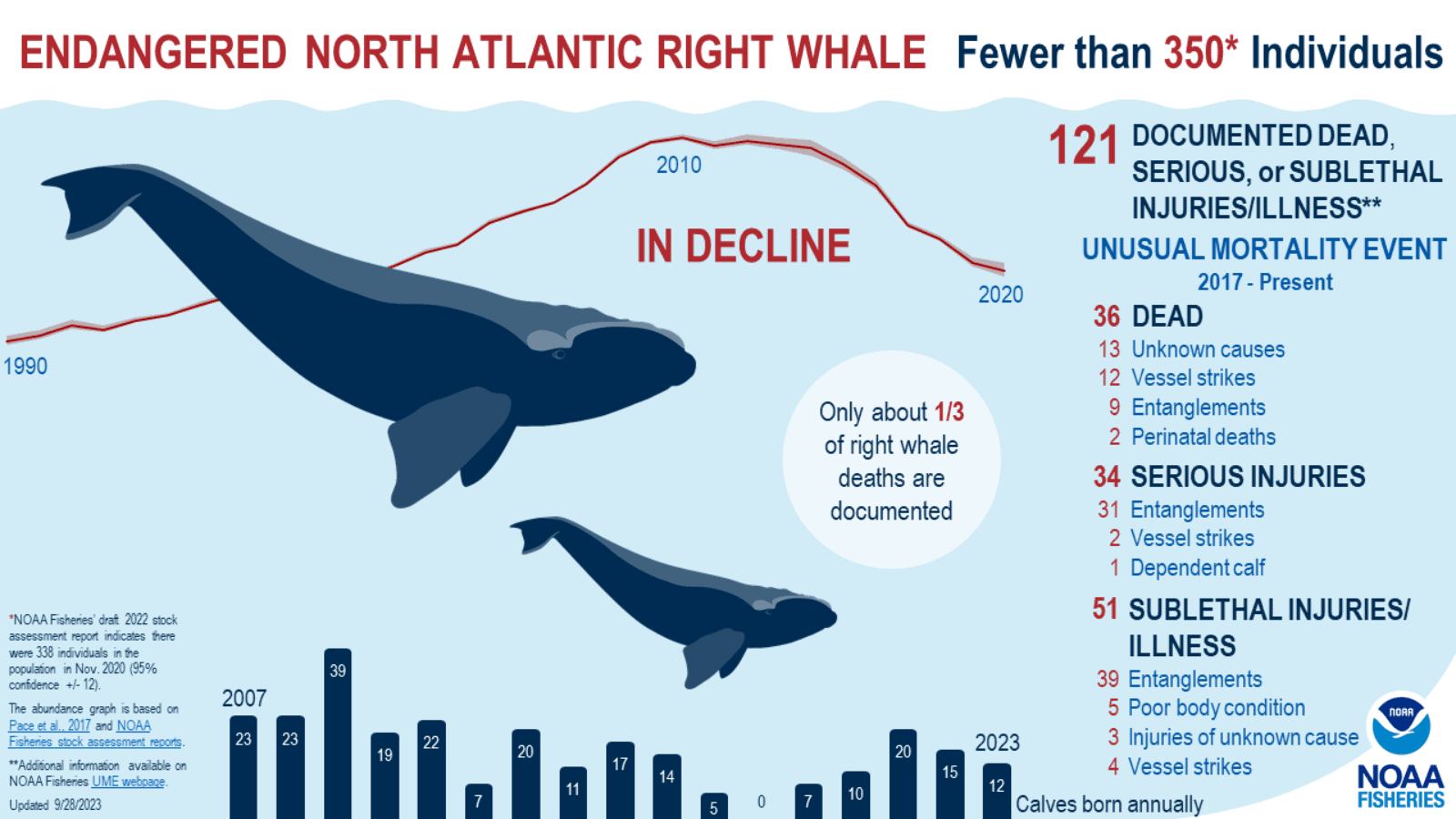
But here’s the catch: they’re now among the most endangered large whales, with only about 350 of them left. How did we transition from a “whale city” to the brink of a “whale-ocalypse”? It’s a tale involving us humans–a story of unintentional sabotage and ecological ignorance.
A major player in this saga is overfishing in the late 1800s when shore towns across America hunted these whales. Right whales were highly sought after for their blubber, which produced valuable whale oil. Additionally, baleen plates, comb-like structures in the mouths of right whales, were valuable for various products.
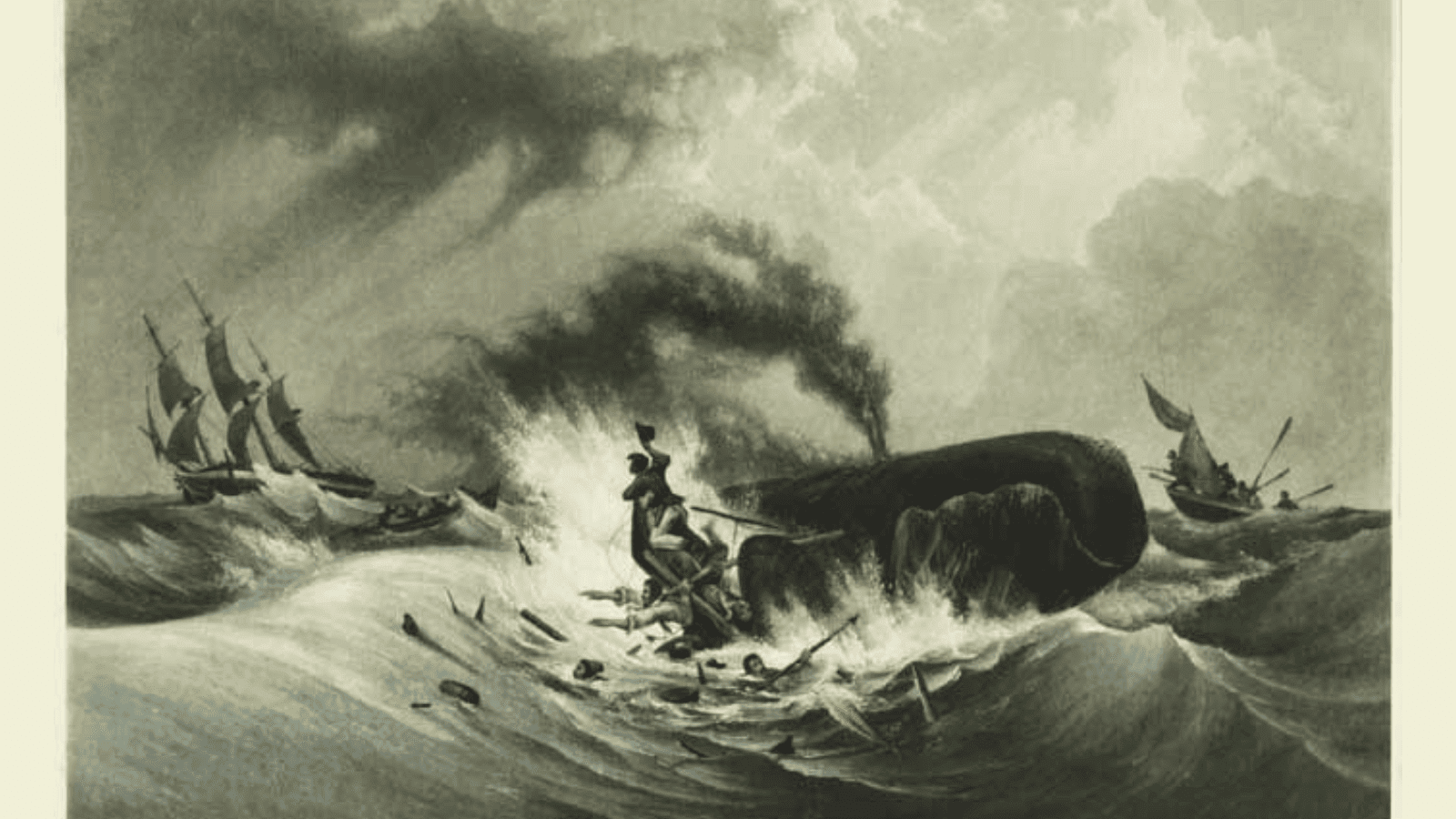
And then there’s the tragic game of underwater chicken with ships. These majestic creatures lack a horn to signal their ascent for air, leading to collisions with ships in their watery world–essentially traffic accidents in the whale highway, and the right whales are paying the price.
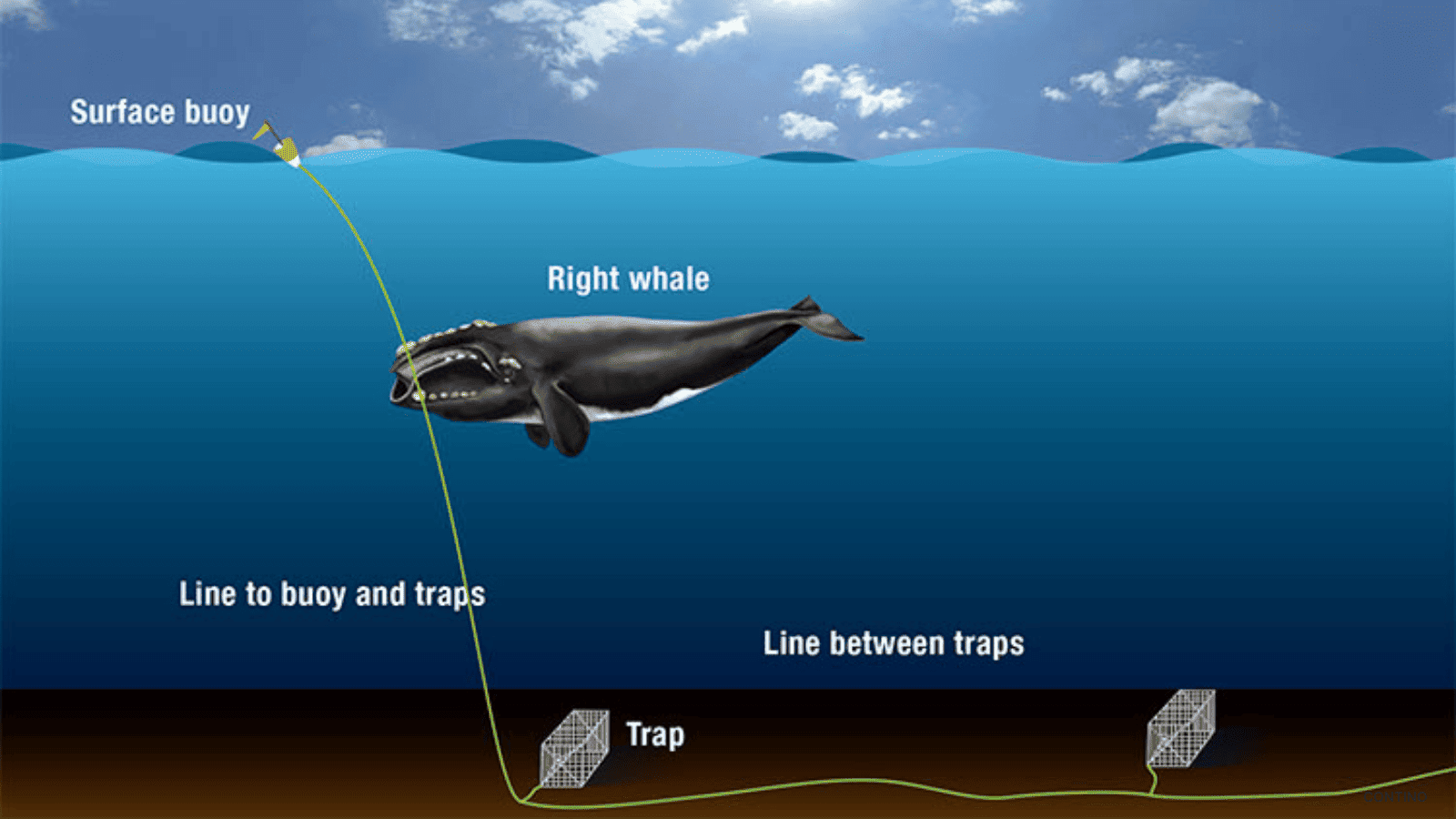
Now, it’s not all doom and gloom. The story of the North American right whale involves a cast of heroes–scientists, conservationists, and caring individuals. They deploy high-tech gadgets like underwater microphones and satellites, playing ocean detectives to understand how we can make life easier for these gentle giants.
Conservation initiatives are popping up everywhere, like a 21st-century “Save the Whales” campaign. From rerouting shipping lanes to developing whale-friendly fishing gear, we’re rewriting the script for the North American right whale.
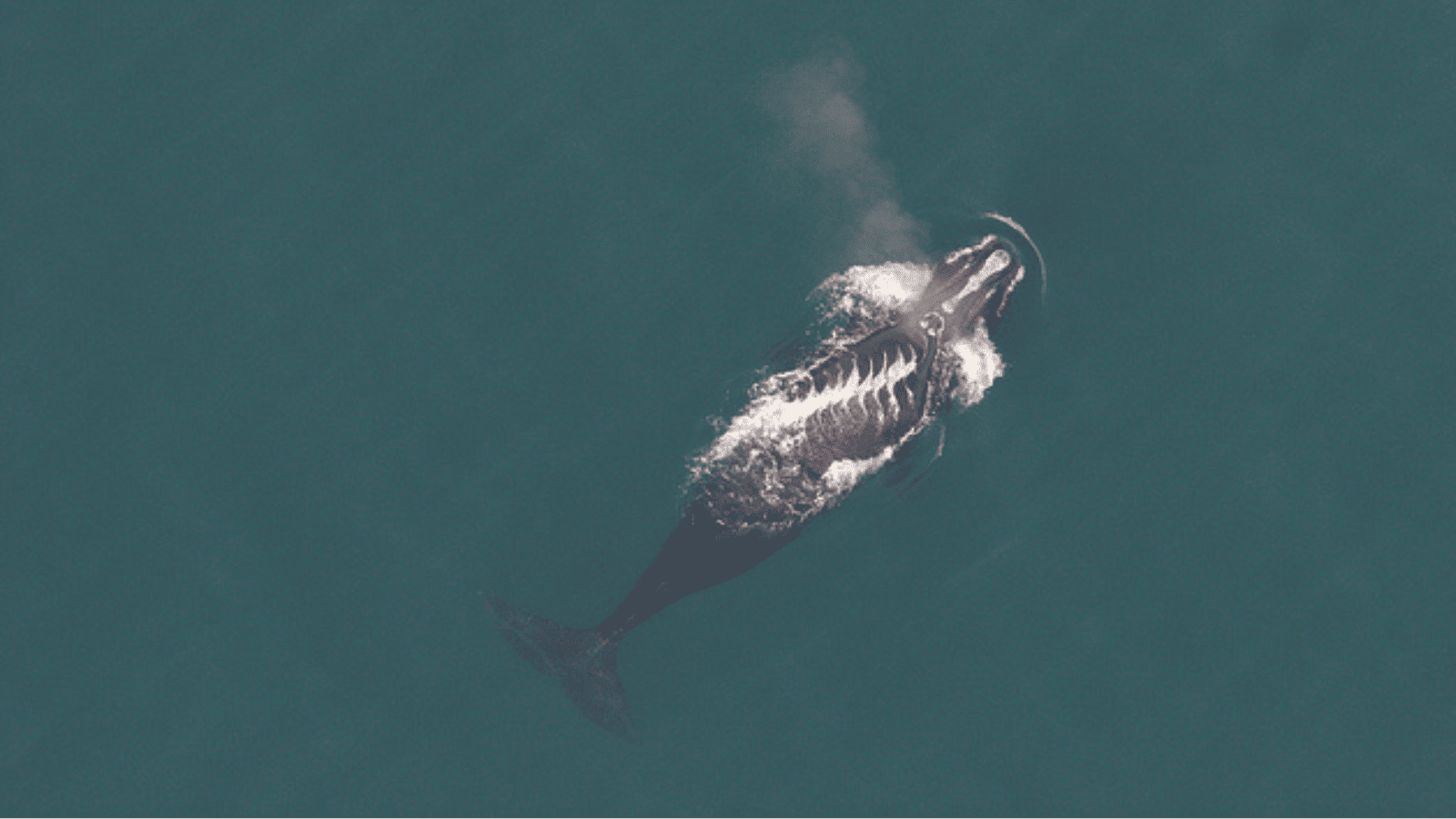
Also See: NJ’s Offshore Wind Odyssey Gets a $10.6M Boost
So, here’s the deal: the North American right whale is in trouble, but it’s not too late to turn the tide. We need to clean up our act, rethink our impact on the oceans, and give these majestic beings a fighting chance. Because, let’s face it, a world without the North American right whale would be a little less magical, a little less awe-inspiring. And who wants that?
